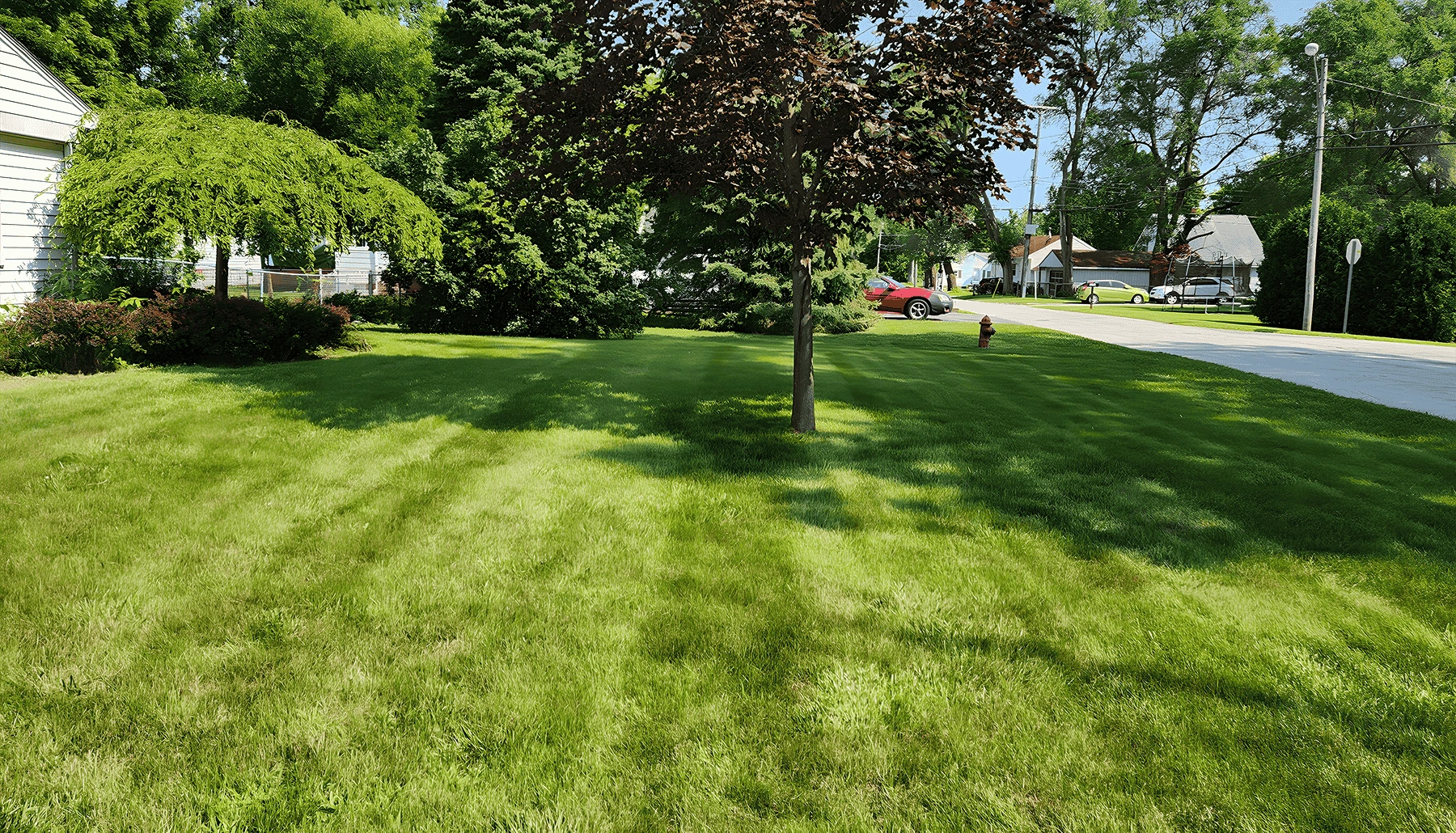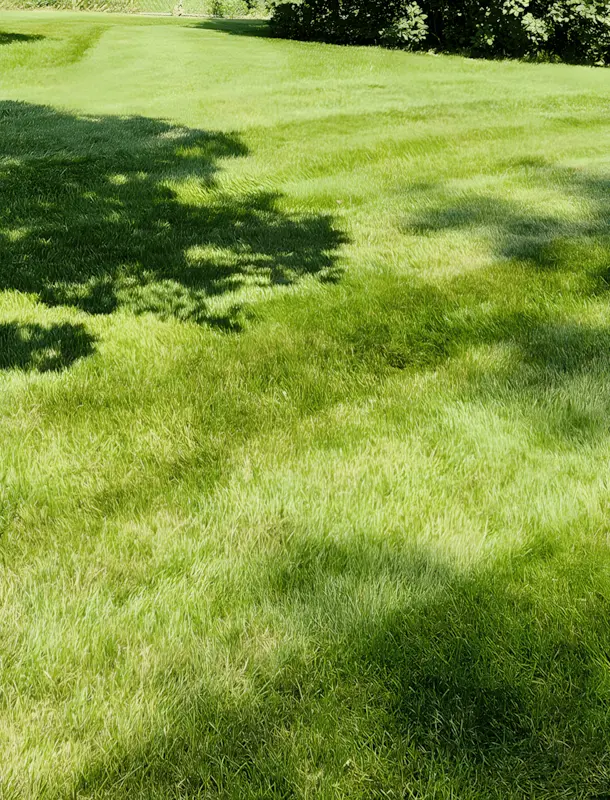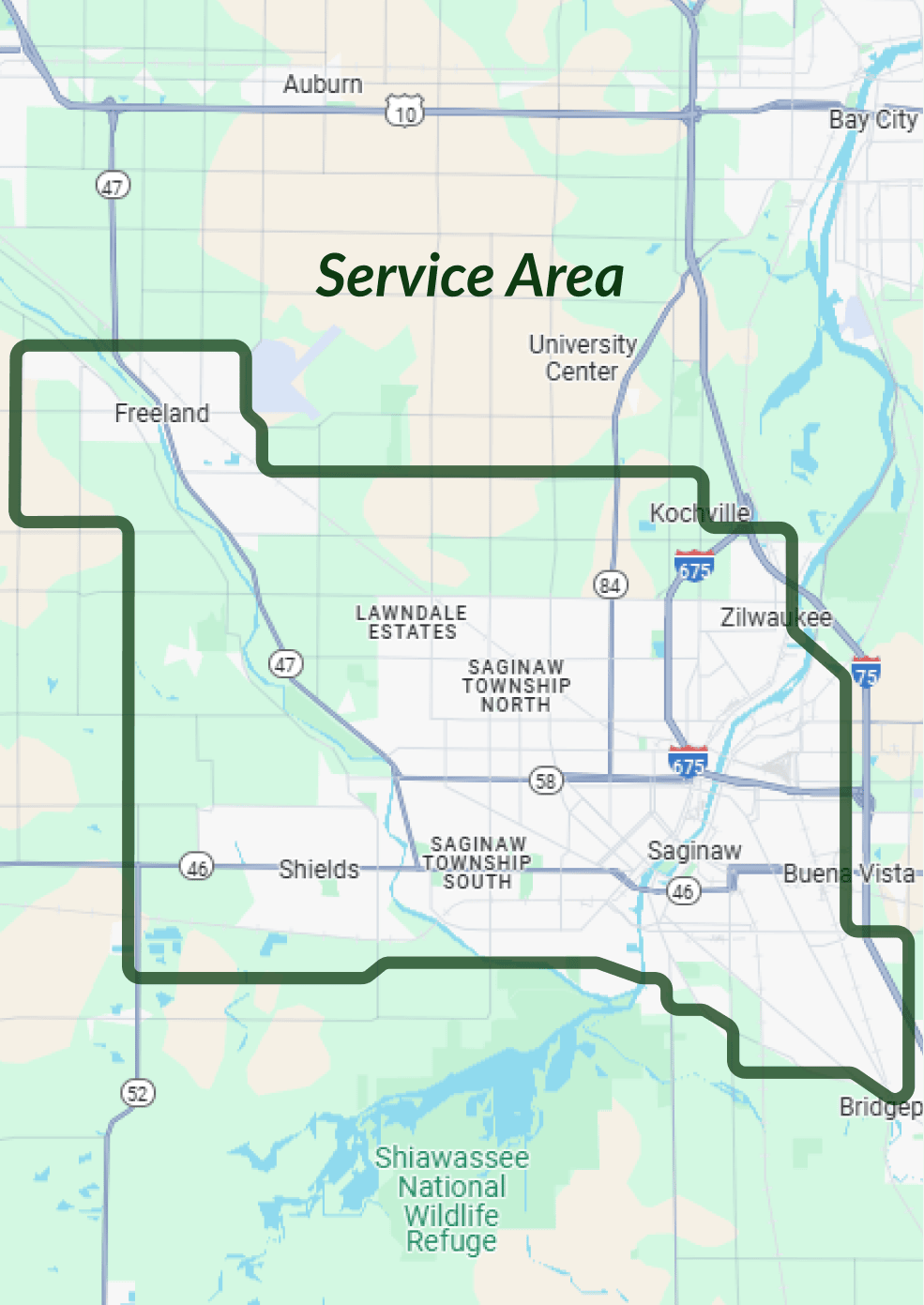
Should You Roll Your Lawn? Understanding the Pros, Cons, and Misconceptions
Lawn rolling is a frequently misunderstood practice in lawn care. Homeowners in Saginaw often ask about rolling their lawns, assuming it will fix uneven grass, improve appearance, or enhance soil compaction. However, in many cases, rolling does more harm than good. Here’s what you need to know about the valid reasons for rolling a lawn—and why it’s usually not the best solution.
Valid Reasons to Roll a Lawn
While rolling a lawn is not a routine lawn care necessity, there are a few valid situations where it can be beneficial:
- New Sod Installation – Rolling can help freshly laid sod establish proper contact with the soil, ensuring roots take hold.
- After Winter Frost Heave – In Saginaw, Michigan, freeze-thaw cycles can cause soil to heave, creating an uneven surface. Light rolling in early spring can help smooth minor disruptions.
- Post-Seeding for Certain Grass Types – For certain seeding applications, particularly hydroseeding or fine seed distribution, a lightweight roller can help improve soil-to-seed contact.
- Leveling Minor Lawn Bumps – If small bumps are caused by animal burrowing or minor soil disturbances, light rolling can help even them out.
Why Rolling Your Lawn Is Usually a Bad Idea
Most homeowners request lawn rolling under the false impression that it will flatten out an uneven lawn or make grass grow better. However, rolling often causes more problems than it solves:
- Compacts the Soil – Heavy rolling compresses soil particles, reducing air pockets needed for root growth and water absorption. This leads to poor drainage and weak turf.
- Doesn’t Fix Major Unevenness – If your lawn has serious bumps or dips, rolling won’t truly level it. Instead, topdressing with soil and reseeding is a better solution.
- Hinders Root Development – Grass needs loose, well-aerated soil to grow strong roots. Over-compacting the soil with rolling makes it harder for roots to expand.
- Short-Term Results – Any minor smoothing effects from rolling are superficial. Grass growth, root activity, and seasonal changes will gradually shift the soil and cause irregularities to return, often without actually improving the lawn’s overall health.
Better Alternatives to Rolling Your Lawn
If you’re looking to correct uneven areas, improve lawn health, or enhance growth, consider these effective alternatives:
- Topdressing & Overseeding – Adding a light layer of compost or sand can help level low spots and improve soil quality.
- Core Aeration – If soil compaction is a concern, aeration is the best solution. It relieves compaction while improving oxygen and nutrient flow to the roots.
- Proper Grading & Soil Adjustment – For persistent unevenness, bringing in soil and properly grading the lawn is the long-term fix.
The Bottom Line on Lawn Rolling in Saginaw
Unless you have a specific and valid reason—such as installing new sod or correcting minor frost heave—rolling your lawn may do more harm than good. Instead, focus on aeration, topdressing, and proper lawn maintenance for a healthier, more resilient lawn.
Contact us for Premium Mowing Service, weekly or bi-weekly.
Get Started!


